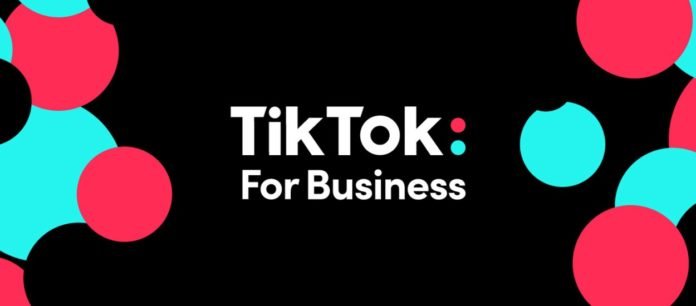TikTok has emerged as a cultural phenomenon in recent years, captivating young audiences with its algorithm-based feed and short-form video content. The platform has sparked dance trends, meme culture, and viral challenges, becoming an increasingly popular social media platform for entertainment. However, TikTok is not just for entertainment, as it also serves as a powerful marketing tool for businesses seeking to reach younger audiences and build brand awareness. In this article, we will delve into the complexities of how TikTok works, the benefits and challenges of using TikTok for business, and best practices for creating engaging and effective TikTok content.
Understanding How TikTok Works
TikTok is a social media app that enables users to create and share short-form videos, typically lasting between 15 and 60 seconds. These videos can be edited with various filters, effects, and music, and shared with other users on the platform. TikTok’s algorithm-based feed shows users content based on their interests and viewing history, creating a personalized user experience. The algorithm takes into account the videos users watch, like, and share, as well as the hashtags and captions associated with the videos. Additionally, the algorithm considers the device and account settings, such as language preference, location, and device type, to tailor the content to each user.
Benefits of Using TikTok for Business
TikTok is an ideal platform for businesses looking to reach younger audiences, with a survey by Hootsuite indicating that 41% of TikTok users are between the ages of 16 and 24. The algorithm-based feed ensures that users are shown content that is relevant and interesting to them, increasing the likelihood of engagement and brand awareness. TikTok also offers businesses an opportunity to build brand awareness and reach a wider audience by creating engaging and entertaining content that resonates with users. Furthermore, TikTok allows businesses to collaborate with influencers and other creators, extending their reach and exposure. Additionally, TikTok’s advertising options, including in-feed ads, brand takeovers, and hashtag challenges, can be more cost-effective than traditional advertising channels, such as television or radio, making it an attractive option for businesses with smaller budgets.
Challenges of Using TikTok for Business
TikTok’s highly competitive environment, with millions of users and creators vying for attention, presents a significant challenge for businesses. The platform requires content that is engaging, unique, and resonates with users, which can be challenging to achieve. Creating short-form content can also be challenging, as businesses need to convey their message and brand personality in a short amount of time, requiring a creative and strategic approach to content creation. Additionally, businesses must understand the cultural context of TikTok and create content that is relevant and engaging for users. Finally, TikTok’s lack of brand safety controls has faced criticism, with concerns over inappropriate content and user-generated challenges. This necessitates careful monitoring of a brand’s presence on the platform to ensure that content aligns with the brand’s values and messaging.
Best Practices for Creating Engaging TikTok Content
To create engaging content on TikTok, businesses must understand their audience and the type of content that resonates with them. This requires research and analysis of user behavior and interests, as well as monitoring of engagement metrics to determine what content is most successful. Businesses must also embrace creativity and authenticity when creating content, showcasing the personality of their brand and standing out from competitors. Staying relevant and up-to-date with the latest trends and challenges is crucial, and collaborating with influencers and other creators can be an effective way to reach new audiences and increase brand awareness. Finally, businesses must be strategic with their messaging, using visual cues to convey their message in a concise and engaging way.
Conclusion
TikTok is a powerful marketing tool for businesses seeking to reach younger audiences and build brand awareness. With its algorithm-based feed, personalized user experience, and cost-effective advertising options, TikTok offers businesses an opportunity to engage with their audience and reach new customers. However, using TikTok for business requires a creative and strategic approach to content creation, as well as a thorough understanding of the platform’s cultural context and audience behavior. By following best practices and staying up-to-date with the latest trends and challenges, businesses can leverage TikTok’s popularity and create engaging and effective content that resonates with their audience. To succeed on TikTok, businesses must be willing to embrace the platform’s creativity and authenticity while simultaneously delivering strategic and meaningful content.








